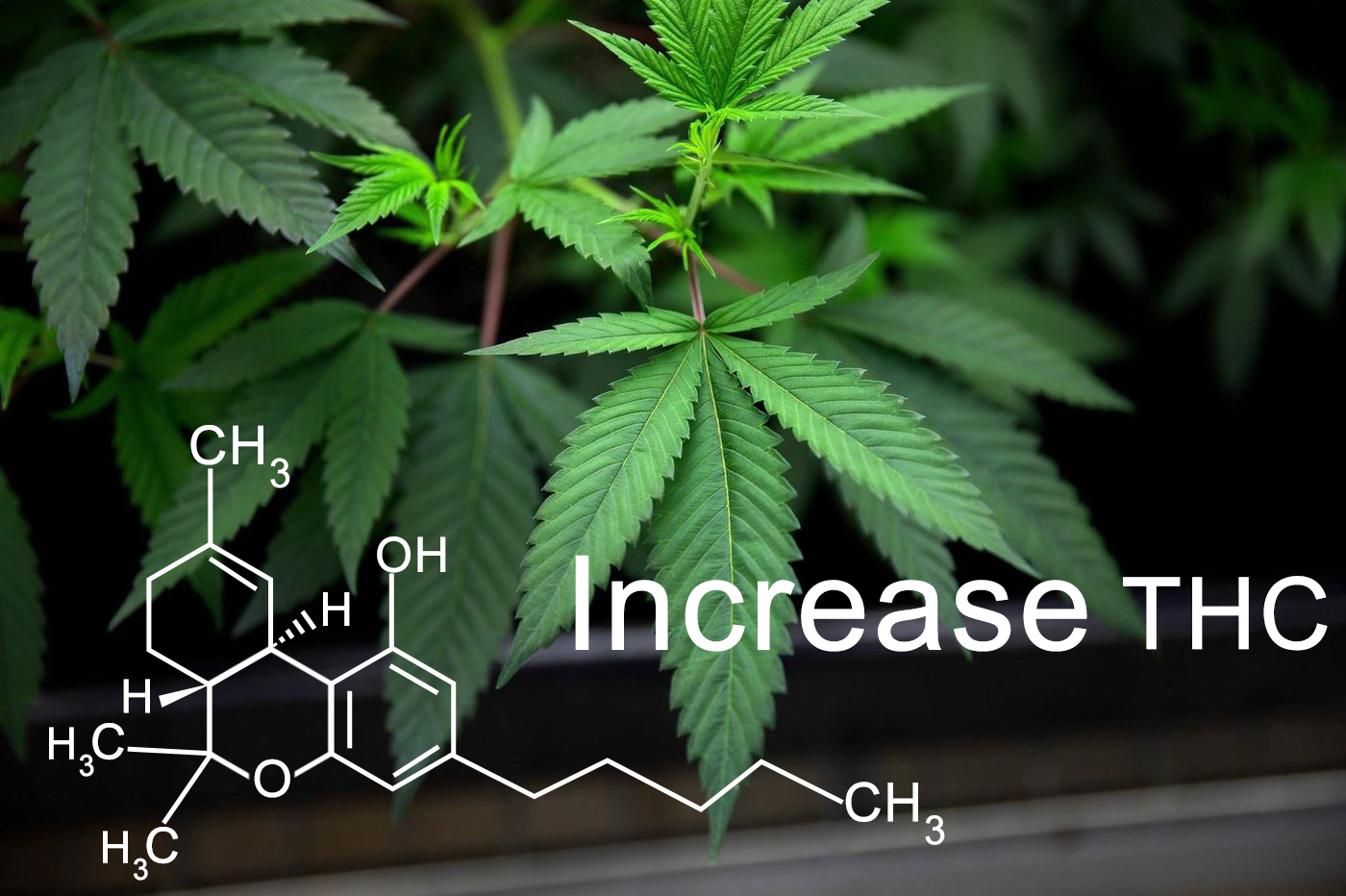Lighting Technical Support for Gardeners: Increasing Cannabis THC
Cannabis growing has currently been treated as one of the most profitable agricultural commercial investments. But today’s problems, like the low THC content and the difficulty in breeding cannabis varieties with high THC content, are more urgent to get technical assistance and support.
Experts in the cannabis market estimate that the global legal marijuana market size will reach 61.8 billion by 2025, a 48 billion increase from now. This means that the scale of cannabis cultivation will undergo a spurt to cater to the demand of the market. And recreational marijuana is expected to emerge as the fastest-growing segment.
Recreational cannabis is defined as any use of marijuana apart from a medical purpose. Recreational use can range from being a psychoactive drug to a food ingredient. In some countries that have legalized recreational cannabis, cannabis products significantly increase the amount of tax revenues. A huge market is quietly generating.
Despite the conventional wisdom, both in the popular press and much of the scientific community, that only CBD has medical benefits while THC merely makes people hyperactive. However, according to a study by the University of New Mexico, THC may be more important than CBD in generating therapeutic benefits. In this study, CBD appears to have little effect at all on some symptom relief, while THC generates measurable improvements in that. These findings justify that THC in cannabis can be further researched to discover its medical value and be more widely accessible for pharmaceutical use by the general public.
Today, there is an increasing demand to extract more THC for recreation, beverage, and drug research, etc, with little content in cannabis mature buds. To forward the research course of increasing THC content and plant breeding, industry leaders who come from all walks of life are seeking assistance from technology forces.

Lighting for horticulture is one of these technological forces. The strong urge for LED grow lights in agriculture has been an accepted viewpoint due to their favourable effects on the growth of crops. LED grow light not only helps to improve plants' yield but also perfects the quality of agri-food.
Get your private and customized grow light scheme
By recommending what kind of grow light to apply, when, and how much, which spectrum to use in combination, and then monitoring used lights closely, this will induce cannabis to synthesize some beneficial compounds, thereby changing the quality of cannabis. Moreover, farmers can also expect a new and considerable THC harvest. This leads to increased profitability as well because of the high yield of THC.
To prove the guess of relationship between cannabinoid content and different wavelengths of light, many cannabis researchers have conducted a large number of experiments by changing the lighting output in their test grow tents.
The light of wavelengths ranging from 400-700nm is put in the first place to be studied in the first phase of many research studies. Because visible light has been studied more deeply than invisible light by humans. They expect they can get some help from previous research data. However, to their surprise, a correlation was found in the wavelengths beyond visible light.
Among the invisible light, the effects of UV light on plant growth are two-sided. Plants respond to different types of UV. However, various plants react differently to UV light with differing outcomes. Although some studies highlight that most of the effects that UV light has on plants are negative. But there is no denying the fact that a certain amount of UV light does well in improving the quality of the plants.
If you grow your crops indoors, which means you have set a barrier that obstructs most of the sunlight. You can replenish light with interior artificial light; at the same time, UV light can be controlled accurately to make your plants more valuable.
Disclaimer: This Content Is Intended For Educational Purposes Only. We Do Not Endorse Or Promote Illegal Activities Related To Cannabis.

